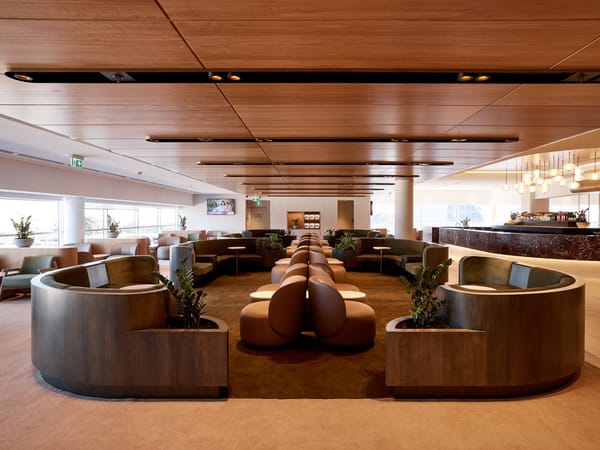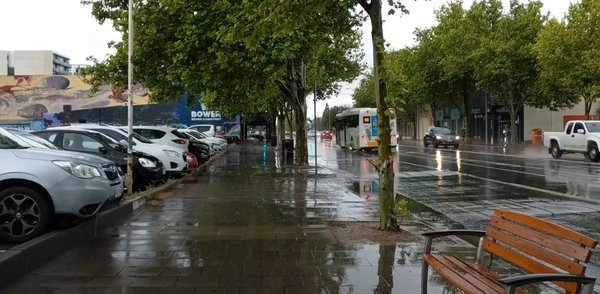South Australia’s Bold Housing Plan: 61,000 New Homes to Transform the State

South Australia is poised for a transformative housing boom, with new legislation paving the way for approximately 61,000 new homes to address the state’s pressing housing shortage. The South Australian Government recently passed amendments to the Planning, Development and Infrastructure Act 2016, reshaping the boundaries of Environment and Food Production Areas (EFPA) to unlock land for residential development while safeguarding vital agricultural zones.
This ambitious plan targets key regions around Adelaide and beyond, with significant growth planned for Roseworthy and Two Wells (up to 43,800 homes), Murray Bridge (10,400 homes), and Victor Harbor and Goolwa (7,000 homes). By aligning with the Greater Adelaide Regional Plan and the state’s 2024 Housing Roadmap, the initiative aims to meet both immediate and long-term housing demands, with projections estimating a need for 315,000 additional homes over the next 30 years to accommodate a growing population.
“This is a game-changer for South Australia,” said Nick Champion, Minister for Housing and Urban Development. “By unlocking land for over 60,000 homes, we’re directly tackling the housing crisis and creating opportunities for families to thrive.” Industry leaders echo this enthusiasm, with Bruce Djite of the Property Council SA noting, “Expanding land availability is a critical step toward improving housing affordability and boosting our economy.”
To balance growth with environmental responsibility, the legislation introduces a Limited Land Division Overlay to ensure staged, infrastructure-ready development. The State Planning Commission will review EFPA boundaries every five years, preserving rural and food production areas while supporting sustainable urban expansion. Will Frogley, CEO of Master Builders SA, highlighted the boost to the construction sector, stating, “This gives confidence to homebuyers and the 80,000 South Australians in our industry.”
As Adelaide continues to grow, this bold strategy promises not only more homes but also stronger, more connected communities, setting the stage for a vibrant future across the state.





